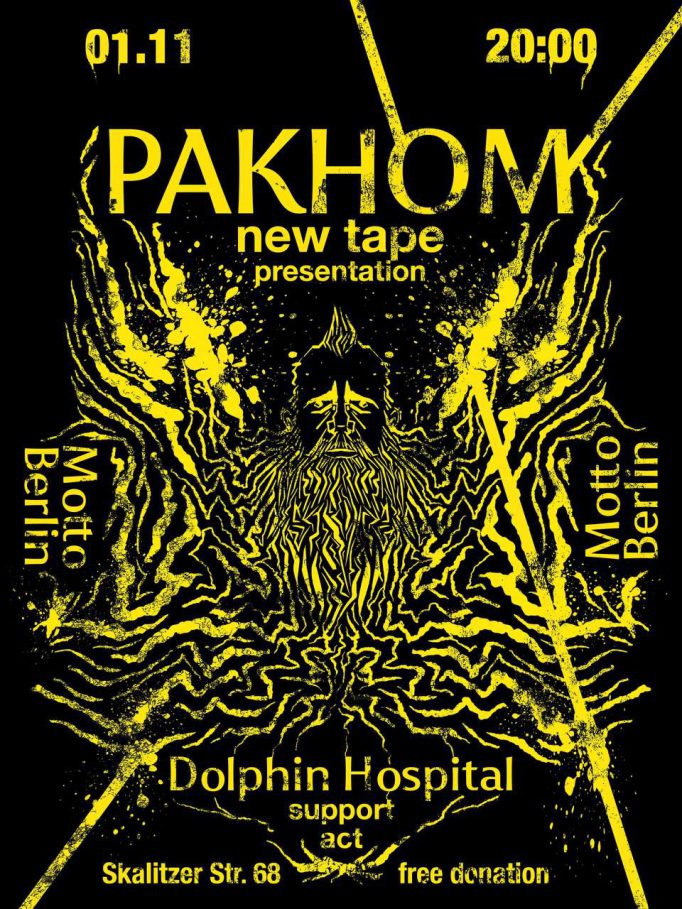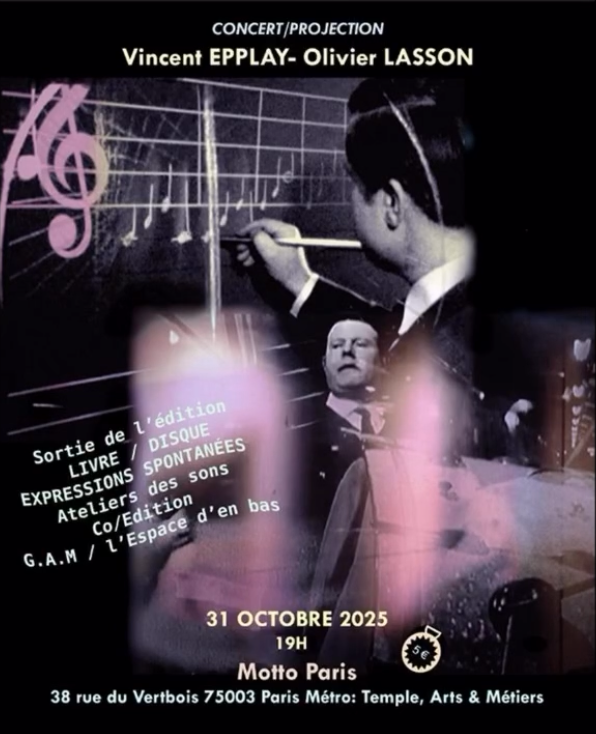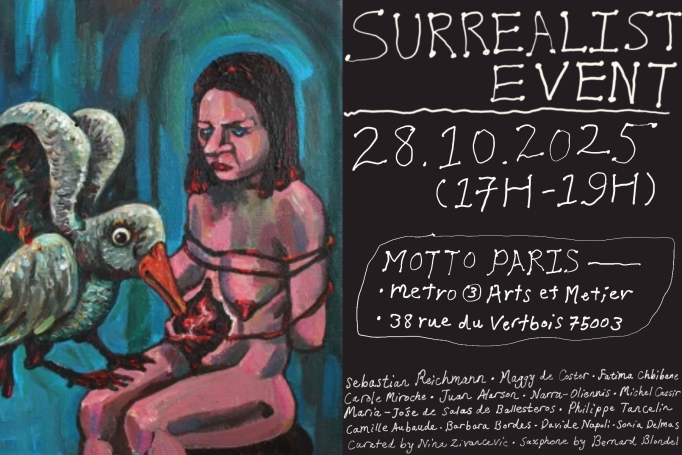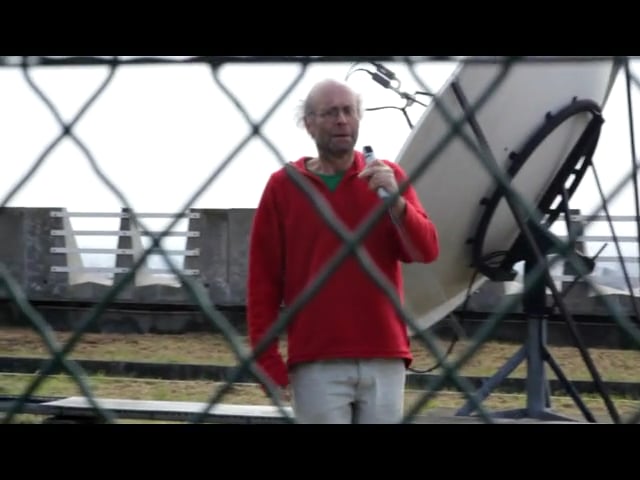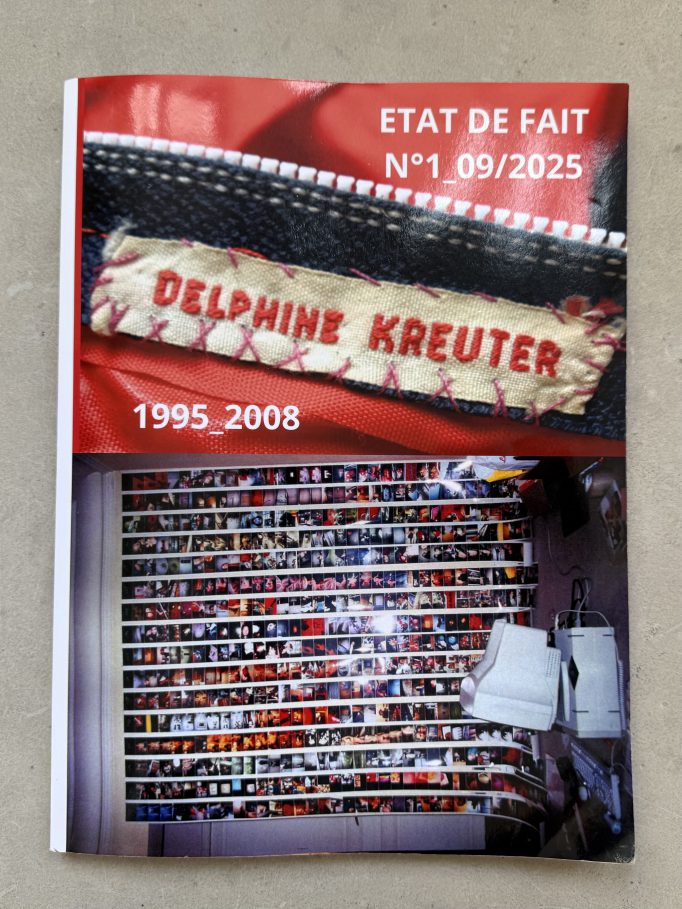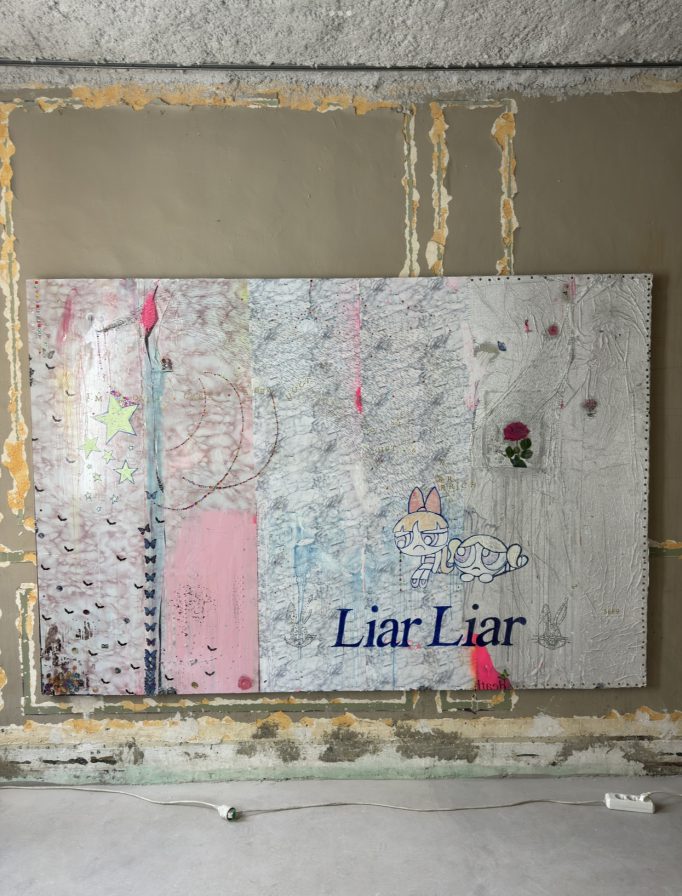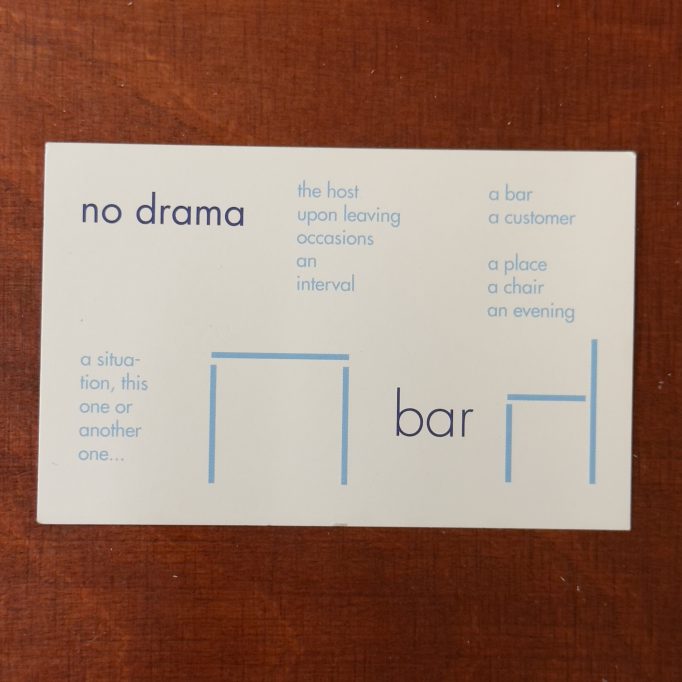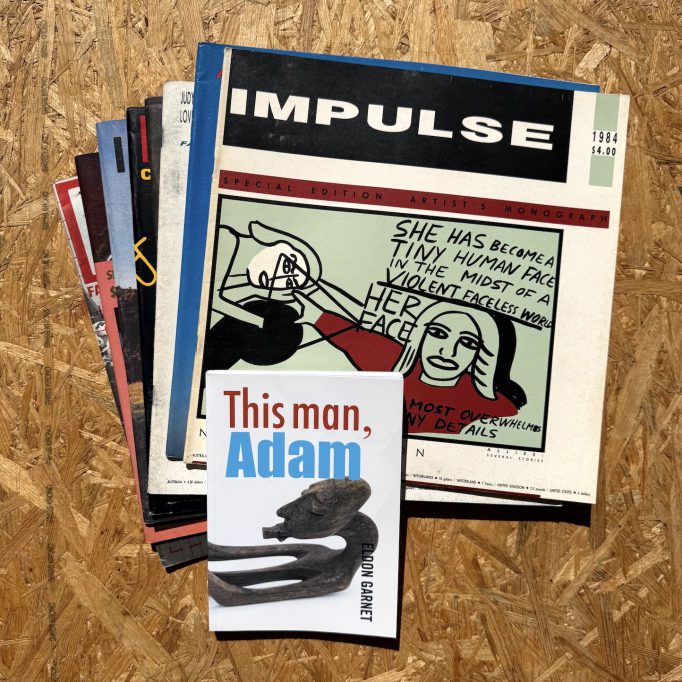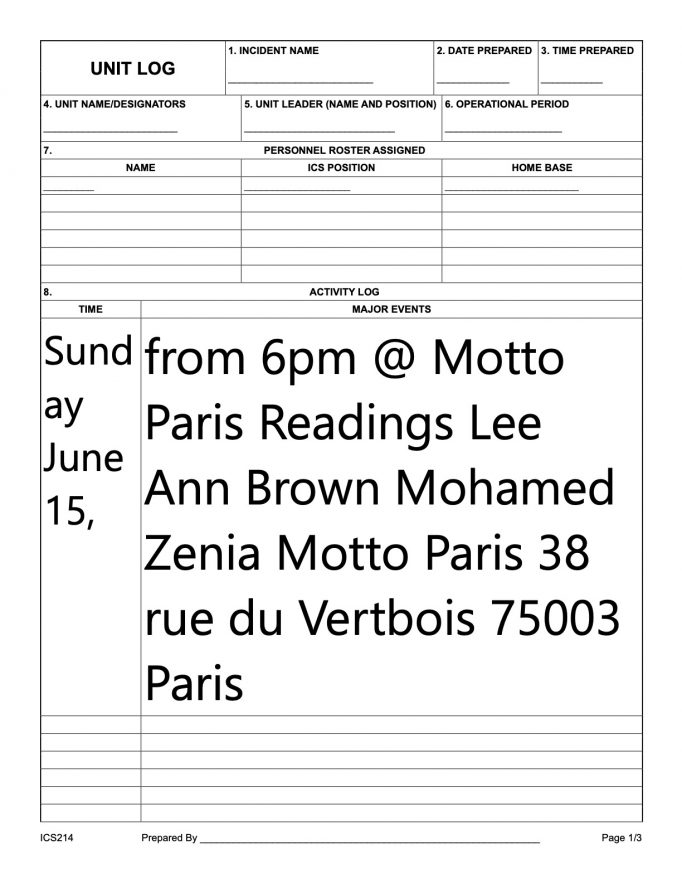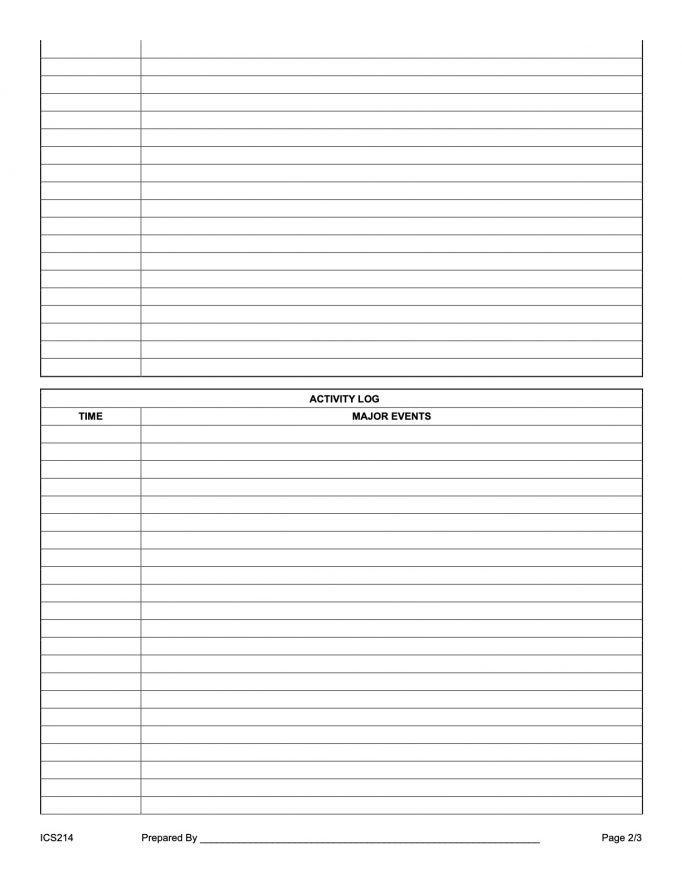Patch Point x Motto Paris 03.12.25-10.12.25
Posted in Events, Motto Paris on November 25th, 2025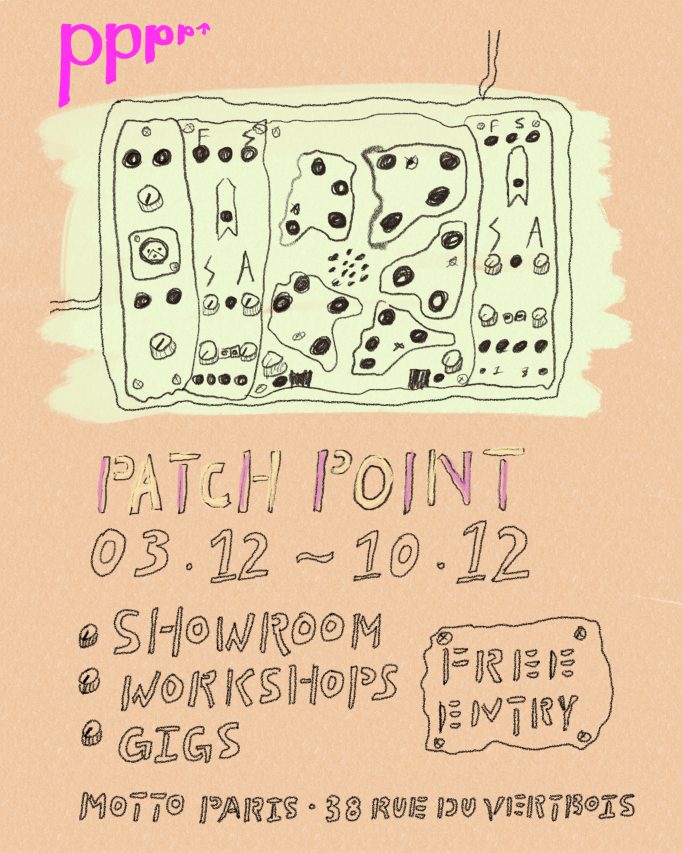
Patch Point x Motto Paris
*Showroom will be open 12-18H*
Wed 03.12 – (18H)Meet & Greet with Hosts Eric and Darrin (20H)DJ or Concert or Hangout
Thu 04.12 – (18H)Workshop: Introduction to Patch Point and Ciat-Lonbarde (20H)Concert
Fri 05.12 – (18H)Workshop: Introduction to the Fenix ll PP and Aulos (20H)Concert Jam
Sat 06.12 – (18H)Workshop: Exploring Modular Synthesis (20H)Concert
Sun 07.12 – (18H)Workshop: eKalimba + electronics (20H)Concert Jam: eKalimba electronics
Mon 08.12 – (18H)Workshop (20H)Concert
Tue 09.12 – (18H)Workshop (20H)Concert Jam
Wed 10.12 – Special Appearance by Hainbach (18H)Workshop (20H) Concert
Motto Paris
38 rue du Vertbois
75003



